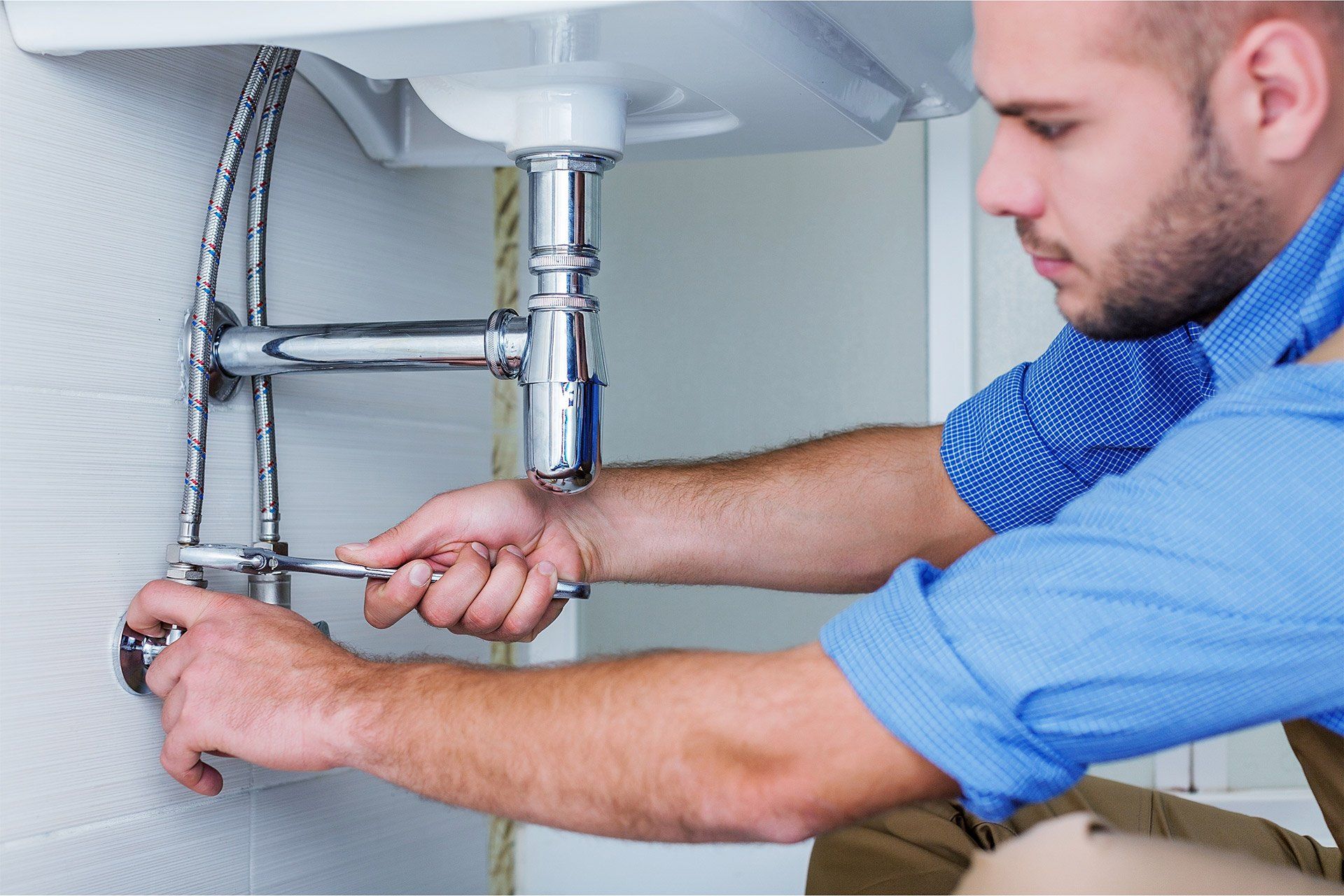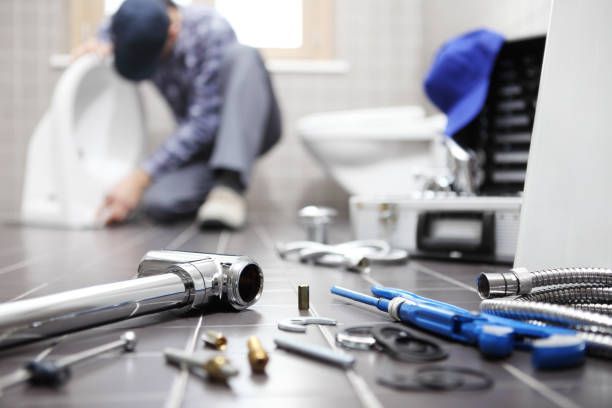Preventing Winter Plumbing Problems in North Texas
Learn how to protect your pipes and plumbing system during freezing temperatures with tips designed for Texas winters.

Winter in North Texas might not bring the harshest conditions, but the occasional freeze can wreak havoc on plumbing systems. Preventative measures are essential to avoid costly repairs and maintain a functional home during the cold months. Whether you’re dealing with mild chills or unexpected deep freezes, understanding how to protect your plumbing system is vital.
Preventing winter plumbing problems in North Texas requires preparation and vigilance. By insulating pipes, sealing drafts, and following the tips above, you can safeguard your home against costly plumbing issues.
- Jimmy R. Huckeba
Why Are North Texas Winters Hard on Plumbing?
North Texas is known for its unpredictable weather, with temperatures occasionally plummeting below freezing. These sudden drops pose a significant threat to plumbing systems, which may not be insulated for extreme cold. Frozen pipes can burst, causing extensive water damage, skyrocketing repair costs, and major disruptions to your daily life.
Essential Tips to Prevent Winter Plumbing Problems
1. Insulate Exposed Pipes
Exposed pipes, especially those in unheated areas like attics, garages, or crawl spaces, are highly susceptible to freezing. Use foam pipe insulation or heat tape to wrap these pipes. This simple step can prevent freezing and maintain water flow during cold snaps.
2. Drip Faucets During Freezes
Allowing a slow drip of water from faucets can relieve pressure in your pipes, preventing them from freezing and bursting. Focus on faucets located on exterior walls, as these are more vulnerable to temperature drops.
3. Seal Drafty Areas
Inspect your home for drafts around doors, windows, and plumbing penetrations. Use caulk or weather stripping to seal these areas. By keeping warm air in and cold air out, you reduce the risk of frozen pipes.
4. Disconnect and Store Outdoor Hoses
Leaving hoses connected to outdoor faucets can lead to water freezing and expanding back into the pipe. Disconnect, drain, and store hoses indoors to prevent damage.
Long-Term Solutions for Winter Plumbing Protection
Install Pipe Insulation Throughout Your Home
Investing in quality pipe insulation throughout your plumbing system is a long-term solution that pays off during cold winters.
Upgrade Outdoor Faucets to Frost-Free Models
Replace traditional outdoor faucets with frost-free ones. These specialized faucets have a longer stem that keeps water inside the house, where it’s less likely to freeze.
Consider a Whole-Home Shutoff Valve
In case of emergencies, a whole-home shutoff valve allows you to stop the water supply quickly, minimizing damage if a pipe bursts.
Common Mistakes to Avoid
• Ignoring Outdoor Faucets: Always cover outdoor faucets with foam covers during winter.
• Neglecting Regular Maintenance: Have your plumbing system inspected annually to catch vulnerabilities.
• Turning the Heat Off When Traveling: Instead, set the thermostat to at least 55°F to prevent freezing.
FAQs
What temperature causes pipes to freeze in North Texas?
Pipes can begin to freeze when temperatures dip to 20°F or lower. However, poorly insulated pipes may freeze at slightly higher temperatures.
Can I use DIY insulation for my pipes?
Yes, foam pipe insulation and heat tape are easy-to-use solutions available at most hardware stores. They’re affordable and effective for North Texas winters.
What should I do if my pipes freeze?
Turn off the water supply to prevent bursting and use a hairdryer or warm towels to gently thaw frozen sections. Avoid using open flames or torches.
How do I know if a pipe has burst?
Look for water stains on ceilings or walls, decreased water pressure, or visible water pooling. If you suspect a burst pipe, shut off the water supply and contact a plumber immediately.
Is it necessary to hire a professional for winter-proofing?
While many tasks can be done DIY, hiring a plumber ensures thorough insulation and protection. Professionals can identify hard-to-spot vulnerabilities.
How do I protect my irrigation system during winter?
Drain your irrigation system and cover any above-ground components with insulated covers.
Conclusion
Preventing winter plumbing problems in North Texas requires preparation and vigilance. By insulating pipes, sealing drafts, and following the tips above, you can safeguard your home against costly plumbing issues. Start winterizing your home early, so you’re ready for whatever weather comes your way.
You might also like
Smart Plumbing Solutions



